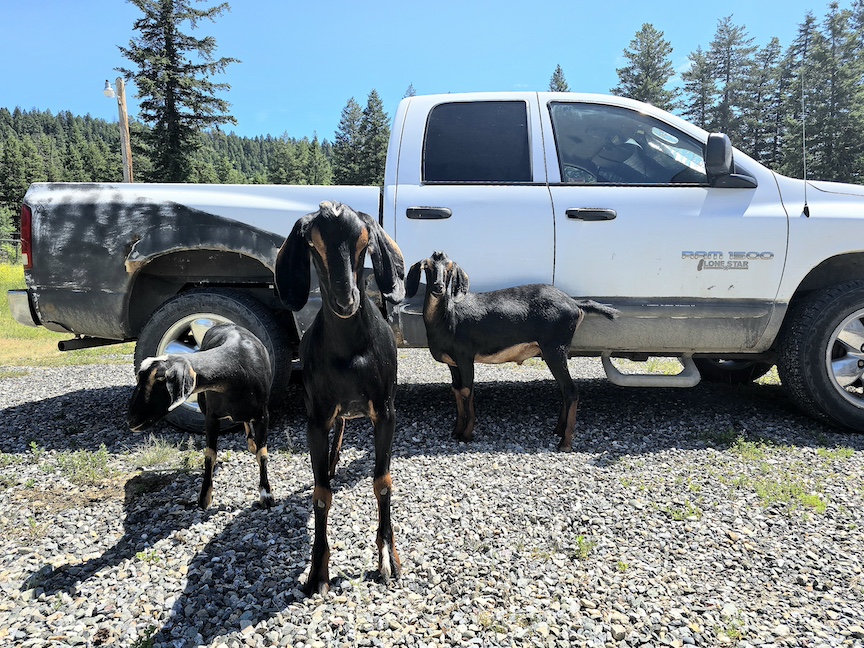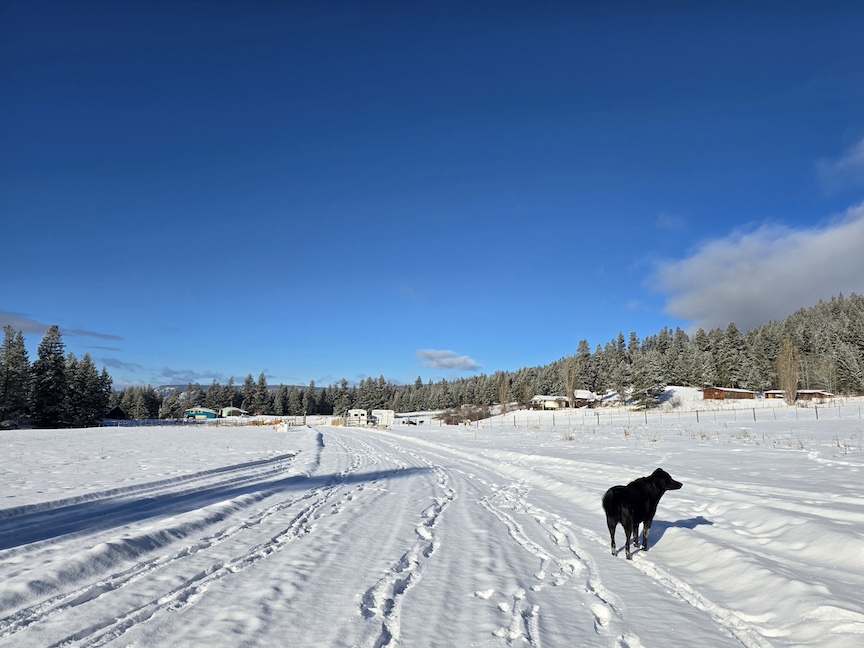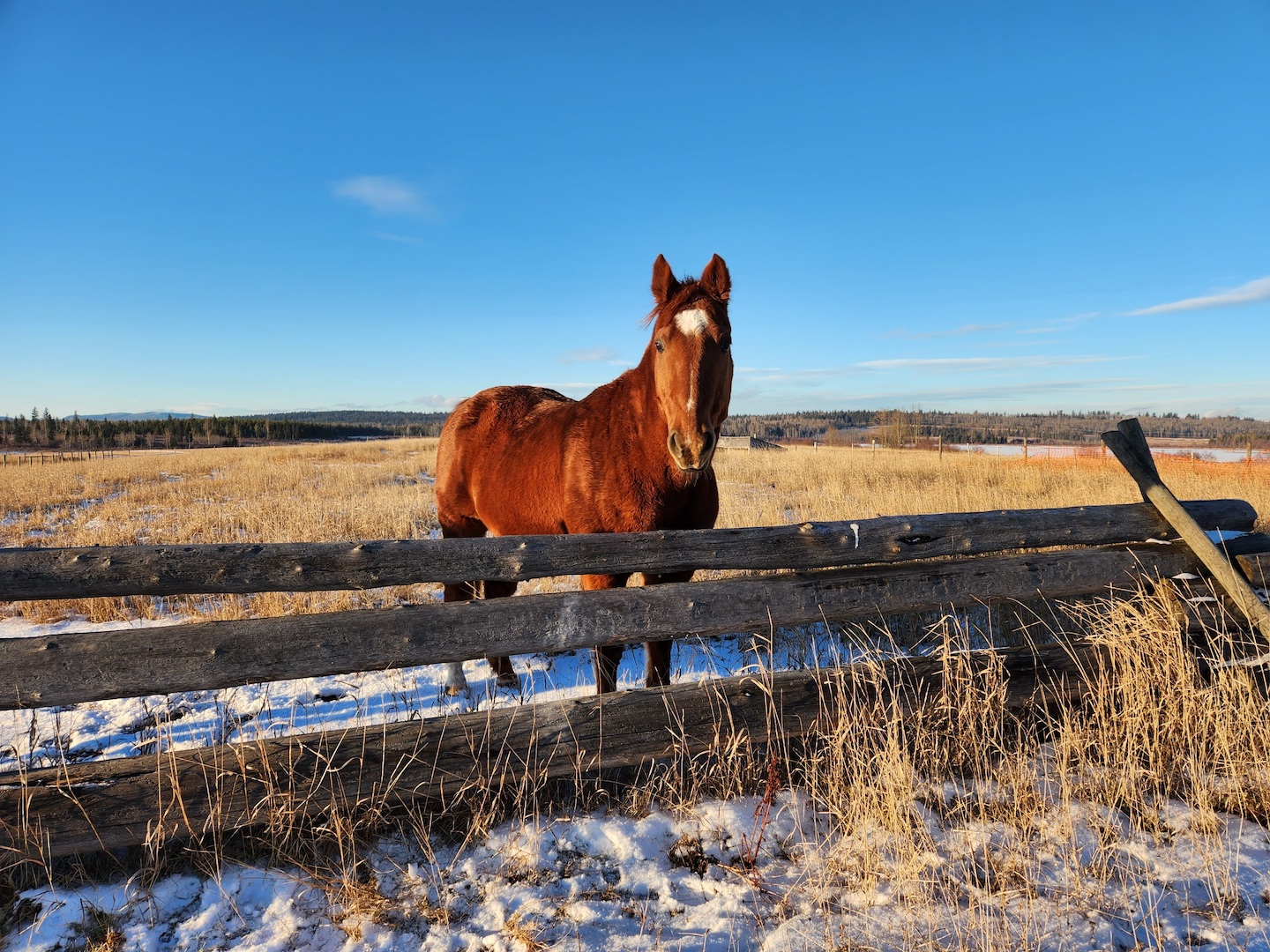Author: Tom Clavin
Published: 2020
Mood: If you loved the movie Tombstone and wish it lasted a month long.
You know how Peter Jackson stretched the smallest original book in the Tolkein universe, The Hobbit, into three movies and it was like… too much of a good thing? Tombstone: The Earp Brothers, Doc Holliday, and the Vendetta Ride from Hell almost does the same thing with the most famous gunfight in the Old West. Almost.
It’s a good book. It’s FULL of fascinating little details for me and my fellow Western trivia nerds. But even with my Doc Holliday obsession and love of all things Tombstone, it still felt like I would have enjoyed it more if it wasn’t stretching 30 seconds of action into 419 pages. There’s a lot of repetitive copy here – and only 16 pages of photos yet NO PIC OF CURLY BILL!
I don’t know why I’m complaining about the photos, the facial hair in those 16 pages is *chef’s kiss.*
I’m no stranger to accidentally repeating myself in long-form creative writing. The longer a project takes to write, the more likely you are to use the same turns of phrase and repeat facts without realizing it. I’m not judging author Tom Clavin, though. I’m judging his editor. This book could have been cropped by 50 pages for stronger impact. If you drink every time he calls the Earps ‘clannish’ you’ll be on the floor.
It’s still a fun read. Nearly 30 years after first discovering Tombstone, I love that I can still learn new tidbits about that place and time. Just be ready to get the story of every single person who was there. Or knew someone who was there. Or was there many years before, or born many years later, or was never there at all (hello, Geronimo!)…

Tombstone: The Earp Brothers, Doc Holliday, and the Vendetta Ride from Hell is an exploration of the events leading up to the gunfight at the O.K. Corral and the ensuing fallout.
Using the exact same format as Clavin’s book Wild Bill: The True Story of the American Frontier’s First Gunfighter, the tale starts at the end, and then in the next chapter hurls you backwards to the pre-beginning.
In this case ‘the end’ is after Wyatt Earp’s vendetta ride to avenge his brother Morgan’s murder. The backstory is a beefy mix of Wyatt’s time in Dodge City, some history of his grandparents and parents, and the origins of Arizona Territory and Tombstone itself.
The narrative unfolds in an ambling sort of three-steps-forward-two-steps-back manner. Each new character who enters the pages gets a full sidebar tangent with their life story, which may also contain even more supporting characters and their backgrounds.
Clavin did the same thing in Wild Bill, and it drove me f*cking nuts while reading that book. The difference with Tombstone is that the supporting characters feel closer to the actual story the reader wants. They feel like valuable additions to your end goal, instead of forced distractions.
I fully admit that’s probably my personal bias, finding the people of 1880s Tombstone way more interesting than a bunch of military dudes in battles I know nothing about and wouldn’t read even if their Wikipedia article was the only tab open on my laptop, and my mouse was dead, and my trackpad wasn’t working and I was chained to my chair facing the screen Clockwork Orange-style.
And that right there is the trouble with writing non-fiction for modern audiences. We’re all used to looking up a topic online, and honing in on only the details we really want to know so we can feel smarter – without too much effort. We use headings and links to jump around a text, controlling our own access to the facts.
While Tombstone is thorough in research and personable in style, the structure does read a bit like you’re being forced to click every single source link in an article on the gunfight at the O.K. Corral and read all of the cited articles as you come to them, preventing a real page-turning flow.
If you’re REALLY into this era or non-fiction in general, you’ll appreciate the details. But if you’re more of a fiction reader who occasionally dabbles in history, or were expecting the whole book to be about the Earps, Doc, and the shootout, you may find yourself wondering when the heck you’ll get to the goods.
![]()
Clavin’s Tombstone references quite a bit from other biographies and historical non-fiction, including Doc Holliday: The Life and Legend which I read ages before I ever had a review site. So if you’re REALLY into Tombstone, you’ll know many of the facts already.
But what’s cool about this book is that you get more details on Warren Earp, Turkey Creek Jack Johson, Texas Jack Vermillion, the Clantons, the McLaurys, Ed Masterson, and a few other non-Earp folks that you’d otherwise only get from consuming all of the books Clavin used for his research (the bibliography is a GREAT reading list).
What many of us don’t realize while being dazzled by Val Kilmer’s sexy swagger and Kurt Russell’s twinkling baby blues (or even the more factual Wyatt Earp), is how many times the Earp boys were passed over for jobs, arrested over shooting cowboys, and how much time they spent in court.
The town of Tombstone actually pretty much turned on them after the shootout, influenced by heavily biased newspaper reporting… and cowboys buying people drinks while talking shit about the Earps and Holliday.
This book tells you the whole story of their daily struggles and disappointments. Clavin also suggests what characters may have been thinking, why they made certain decisions, and points out all the influences and external factors that fanned the fire between the Earps and the cowboys. You definitely get a full 360 view.
Tombstone: The Earp Brothers, Doc Holliday, and the Vendetta Ride from Hell is a great addition to any Western lover’s collection. It would also make a fantastic gift for the Western fan in your life.


